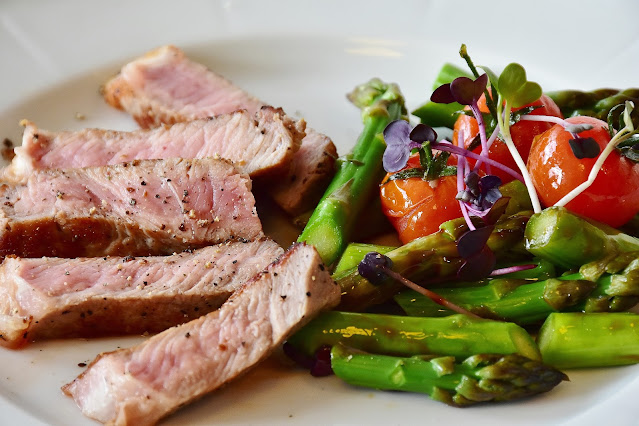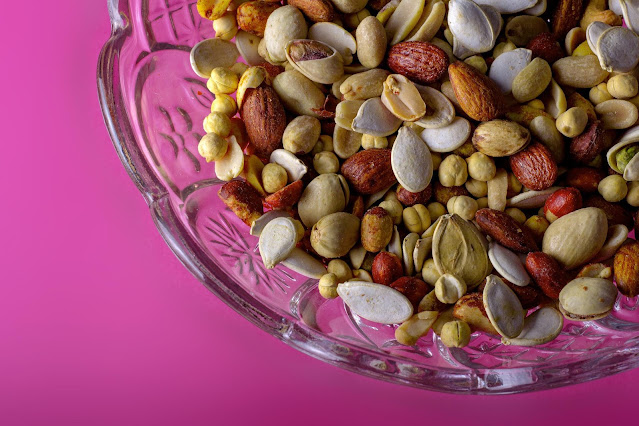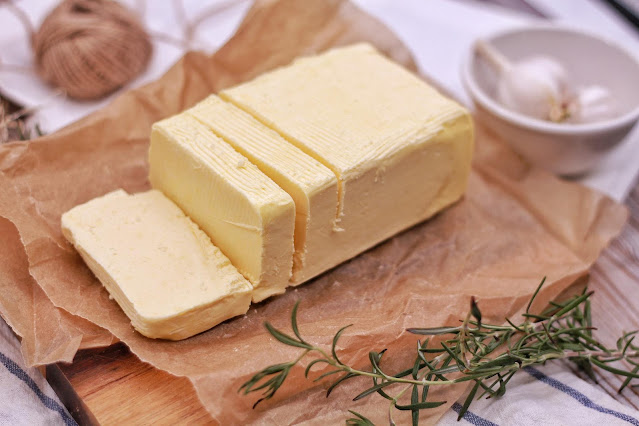There are two types of foods that may seem good at first glance
but don’t really do you any good—high carb, low fiber foods and those high in
fiber but low in carbs. Although the idea of each of these types of food may
seem appealing to you, there are some things you should know about them before
you consider eating them regularly. Here’s what you need to know about these
two types of foods so that you can make healthy food choices that fit your
lifestyle and dietary needs.
Fruits
Healthy whole fruit is high in fiber. Most fruits are good sources of both soluble and insoluble fiber. While you might expect that apples or oranges would have more fiber than bananas or grapes, that’s not actually true. While fruit can add variety to your diet and provide vitamins, they also have a lot of natural sugar so keep an eye on serving sizes. And keep in mind that fruit juice isn’t much better since it doesn’t contain any fiber at all; juice is essentially just pure sugar from fruit – not exactly health food! In general, one piece of fresh fruit has about 2 grams of fiber (so if you eat 3 pieces per day, you’re getting 6 grams). That may not sound like a lot but if you get some other high-fiber foods throughout your day as well (such as beans), then your total intake will be higher. But don't forget to include some low-calorie options too (like berries) because otherwise you could end up eating too many calories without enough nutrients for weight loss. If calories are really important to you, aim for about 10% - 15% of your total daily calories coming from fruit - which works out to about 1/2 cup each day for most people.
Vegetables
If you’re trying to lose weight quickly, it’s important to eat a variety of low-calorie, high-fiber foods like vegetables. Different types of vegetables have different calories. For example a cup of chopped broccoli has around 31 calories while a cup of chopped green beans has around 27 calories. Feel free to fill your plate with both— at least 10 servings every day is recommended! The more colorful your plate, the better. Brightly colored fruits and veggies contain powerful antioxidants that help fight disease and reduce inflammation in our bodies. Also try mixing up raw veggies with cooked ones for added flavor without extra calories. Mix in some grilled onions or roasted peppers for a tasty meal side dish that’s super healthy too!
Beans and Pulses
Pulses—including beans, lentils, peas and chickpeas—are legumes that are typically high in fiber. They’re also a good source of protein. One cup of cooked black beans has about 15 grams of fiber, with about half being soluble fiber. Insoluble fiber is known for its ability to ease constipation; it works by absorbing water in your digestive tract to make stool softer and easier to pass. Soluble fiber is also considered heart-healthy because it lowers LDL (bad) cholesterol levels while boosting HDL (good) cholesterol levels. If you or a family member has diabetes, eating more pulses may help regulate blood sugar levels because they slow down how quickly sugar is digested after meals.
Starchy Vegetables
Some vegetables (particularly potatoes) are high in carbs. If you are going keto, however, consider focusing on cruciferous vegetables instead. They have lower carb content and high fiber amounts, making them a healthy part of any diet. And even though potatoes fall under a gray area for keto purists — you can still eat them if they are cauliflower-based! — there are definitely worse options out there when it comes to carbs like corn or white bread. Luckily there is some overlap between what's allowed on a ketogenic diet and what vegetarians can eat while keeping their diets low-carb or vegetarian, so don't feel like you're 'missing out' if you go meatless!
Grains, Seeds & Nuts
Nuts and seeds (specifically walnuts) are great food sources of fiber, with most other grains and seeds lacking in fiber content. Oats come in at 0.4 grams per one cup serving (80 grams), for example. Quinoa is higher at 3.5 grams per one cup serving (185 grams). But most people don't eat enough oats or quinoa on a daily basis to be considered high-fiber foods; that can lead to constipation, which often makes you crave more high-fiber foods like nuts or seeds—therefore perpetuating a vicious cycle! The solution? Get more whole grains into your diet by adding things like brown rice or whole wheat breads.
Dairy Products
Dairy is a great source of calcium for anyone who isn’t lactose intolerant. It also contains high amounts of phosphorus. The key here is moderation; it’s best not to go overboard by consuming four servings per day. Instead, select low-fat dairy products like skim milk or low-fat yogurt to keep your carb intake in check. And if you’re feeling really creative, you can even add heavy cream as a garnish on top of that morning coffee or skinny latte! (Just don’t forget about those extra calories.) Just remember, fat doesn’t make you fat—it actually helps reduce body fat. If you choose to eat full-fat dairy products instead of their low-fat counterparts, make sure they are packed with protein so they won’t leave you hungry.
Meat & Eggs
According to some dietitians and nutritionists, animal proteins such as beef and eggs are good sources of protein for those trying to lose weight. That’s because most of their calories come from fat – about 20 grams in a 4-ounce serving of beef or egg whites. That fat is a bit more satisfying than carbs like bread, pasta or potatoes. Also noteworthy: eggs also contain choline, which helps keep your cells healthy by supplying them with necessary lipids (fats). Admittedly, animal proteins aren’t always cheap — but there are other ways you can save on them. For example , buy whole chickens instead of chicken breasts!








